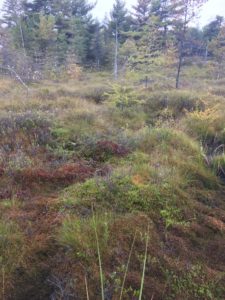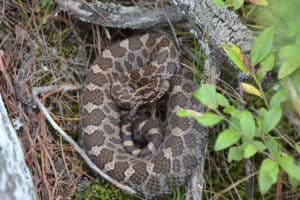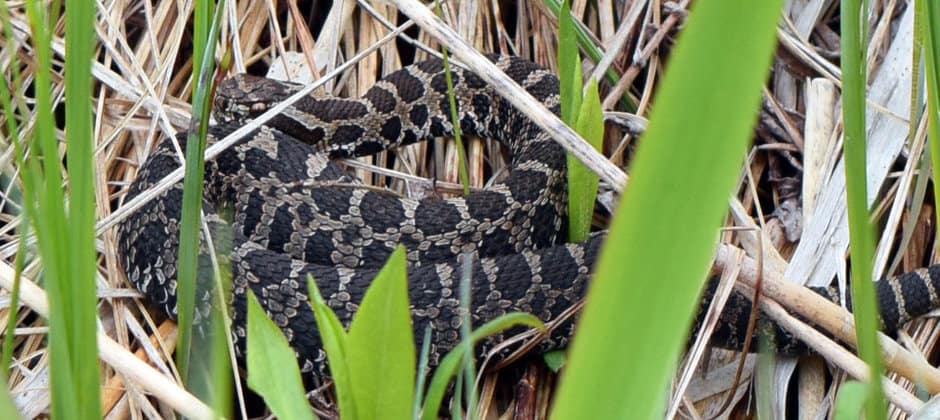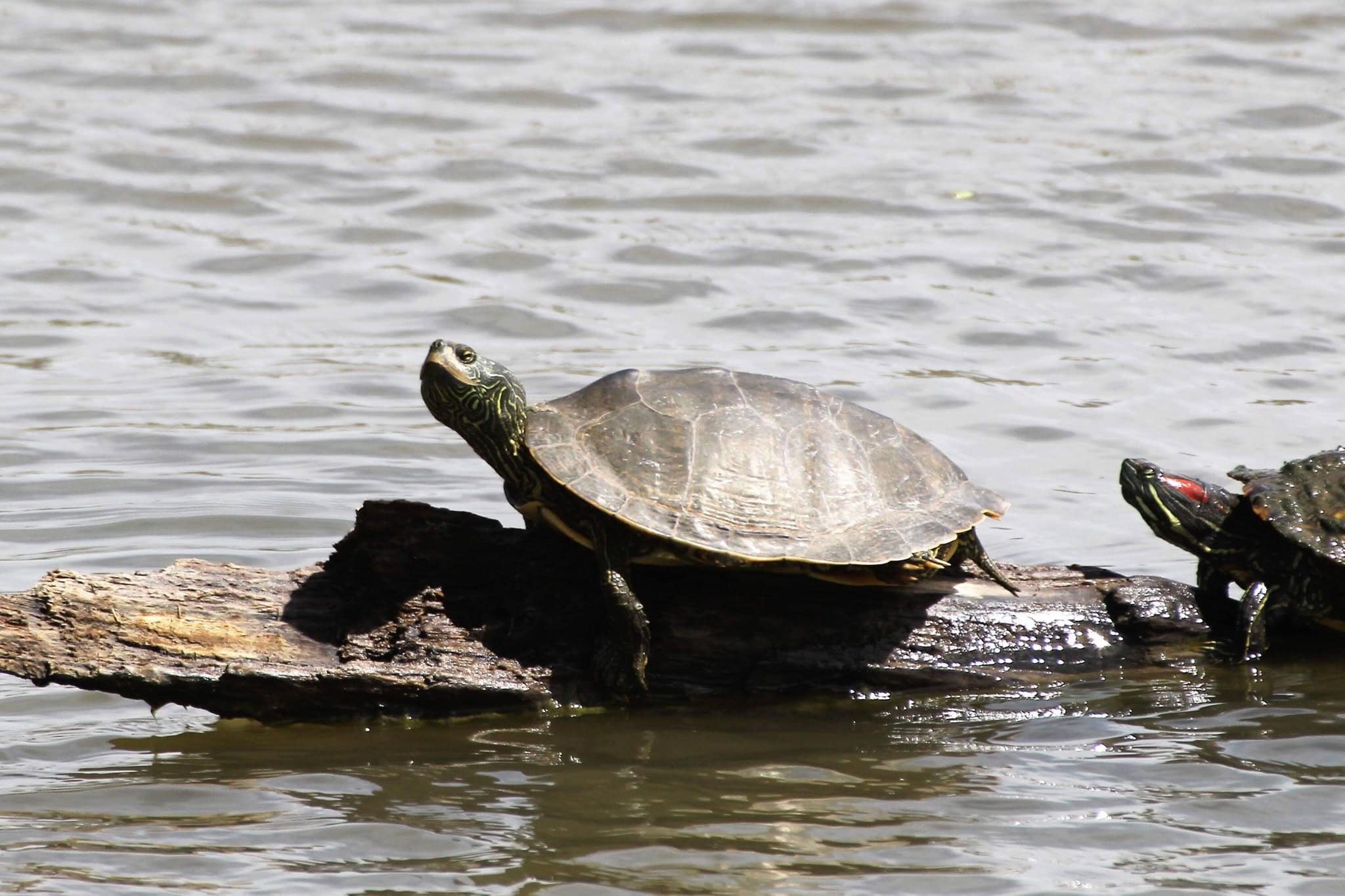Share this article
Northern snakes face increasingly unstable winters
A threatened population of massasauga rattlesnakes in Canada is facing increasingly unstable conditions at the northern end of their range.
Massasaugas (Sistrurus catenatus) in Canada are divided into two populations. The Carolinian population is listed as endangered under the Species at Risk Act. The Great Lakes/St. Lawrence population is listed as threatened, but along Georgian Bay on the eastern arm of Lake Huron, researchers found that variable winter conditions pose a growing risk.
“The suitability of the sites they choose to overwinter is really important to their survival,” said Chantel Markle, a postdoctoral fellow at McMaster University in Ontario and the lead author of a study published recently in Global Ecology and Conservation.

Hummocks like these provide Massasaugas with places to spend the cold winter in Georgian Bay. ©Chantel Markle
This population of snakes hibernates during the winter in raised hummocks — or mounds — on the surface of peatlands. Markle and her colleagues wanted to gain a better understanding of the characteristics these hummocks have that allow a cold-blooded reptile to survive sometimes harsh winter conditions.
They collected temperature data inside the hummocks and analyzed the water table position throughout the winter. Previous research had shown that snakes may not survive floods for long periods and that snakes wouldn’t survive freezing temperatures.

Massasauga in the Georgian Bay area like this one are near the northern end of their range. ©Chantel Markle
They found that the “resilience zone” in which the massasaugas could survive changed throughout the winter. Peatlands that supported overwintering snakes only experienced flooding that lasted less than six hours, for example, but sites with extended periods of flooding were not confirmed to support overwintering snakes.
Increasingly variable weather conditions predicted due to climate change could have a negative impact on massasaugas, the researchers predicted. An increase in warm periods during the winter could create more flooding, cause the water table to rise, soak the hummocks and potentially drown the snakes. But if the area subsequently cools down again, freezing could also kill them. This increasing variability between the thaw and freeze cycle could make some peatlands at the northern end of their range unsuitable for massasaugas.
“With extreme weather-related events predicted to increase with climate change, long-term conservation of climate-sensitive species should focus on protecting habitats that are naturally resilient to changing and variable weather conditions and identifying vulnerable habitats that would benefit from additional research on adaptive management strategies,” the researchers concluded.
Header Image: An eastern Massasauga rattlesnake. Snakes like this in Georgian Bay, Ontario may face increasingly varied winter conditions. ©Abbey Kucera/USFWS








